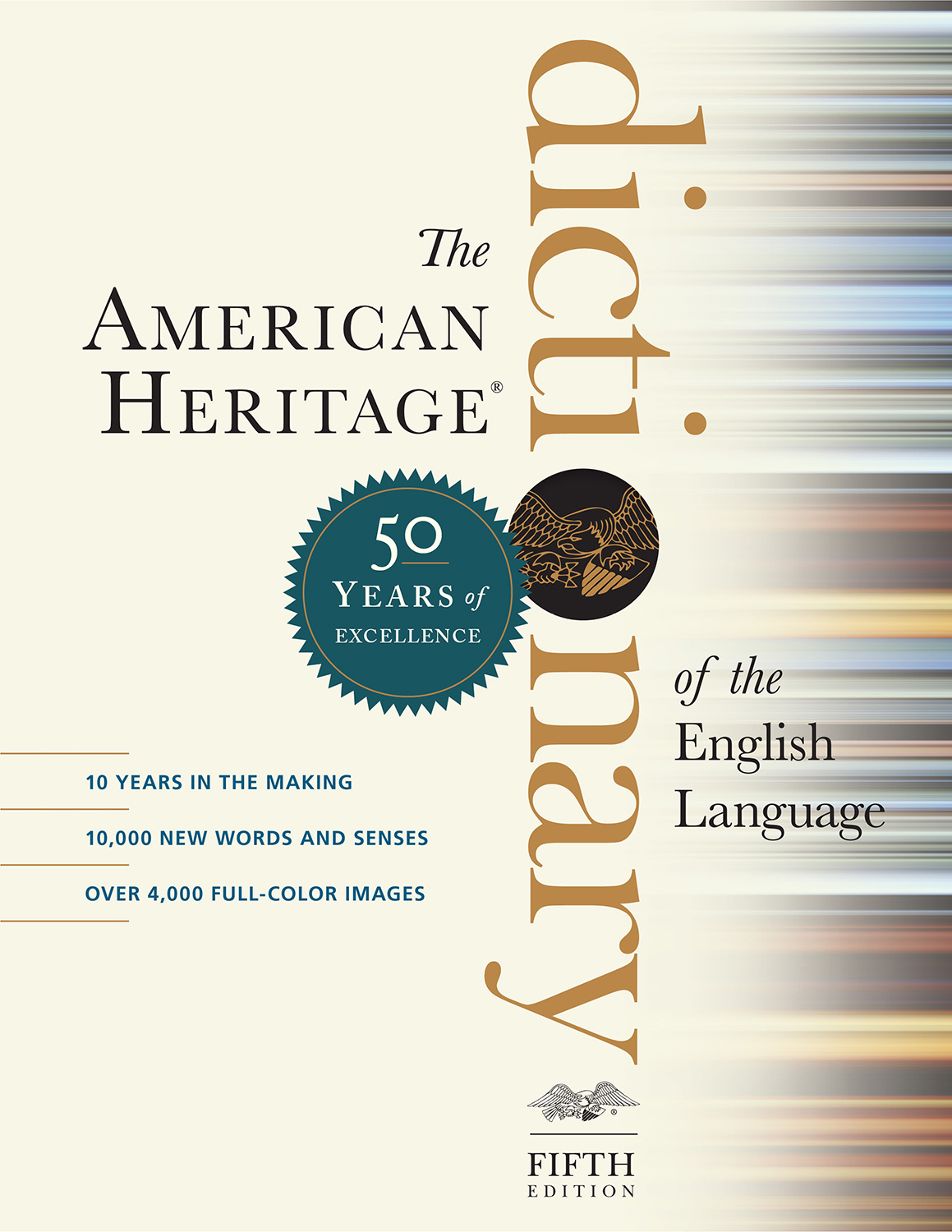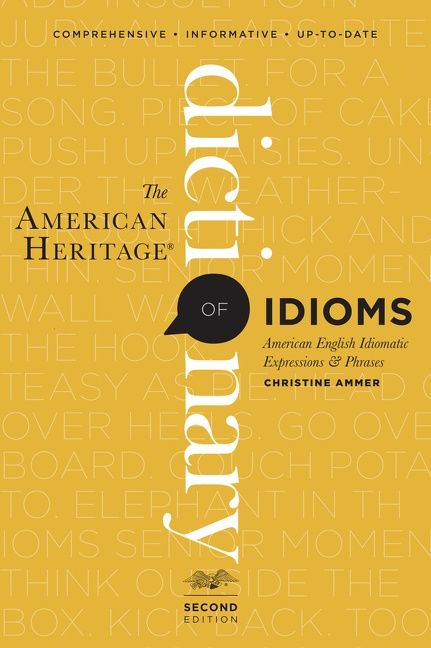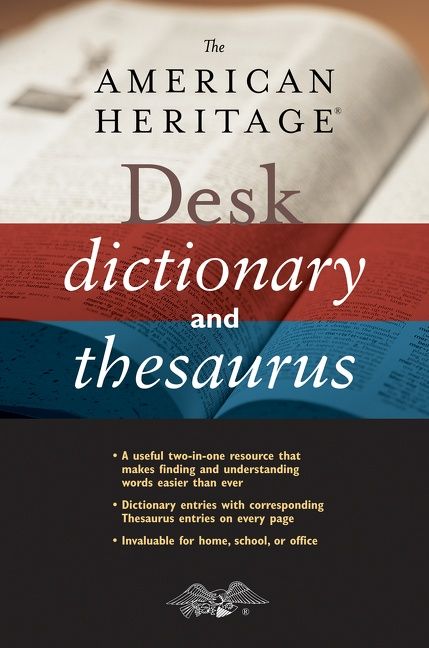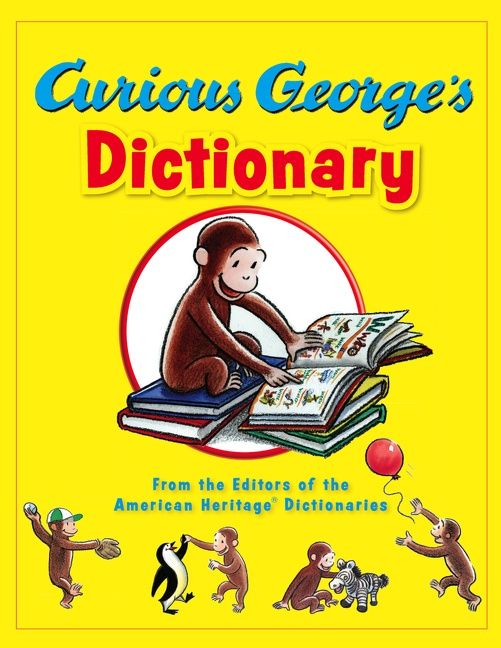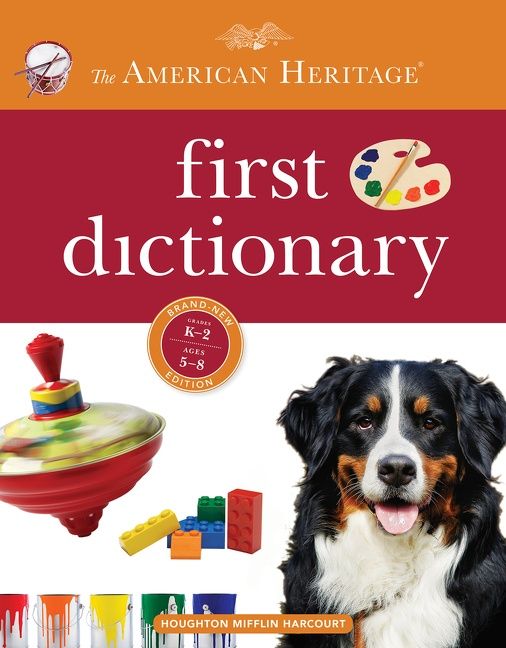perch 1  (pûrch)
Share:
n.1. A rod or branch serving as a roost for a bird. 2. a. An elevated place for resting or sitting. b. A position that is secure, advantageous, or prominent. 3. A pole, stick, or rod. 4. Chiefly British a. A linear measure equal to 5.50 yards or 16.5 feet (5.03 meters); a rod. b. One square rod of land. 5. A unit of cubic measure used in stonework, usually 16.5 feet by 1.0 foot by 1.5 feet, or 24.75 cubic feet (0.70 cubic meter). 6. A frame on which cloth is laid for examination of quality. v. perched, perch·ing, perch·es v.intr.1. To alight or rest on a perch; roost: A raven perched high in the pine. 2. To stand, sit, or rest on an elevated place or position. v.tr.1. To place on or as if on a perch: The child perched the glass on the edge of the counter. 2. To lay (cloth) on a perch in order to examine it.
[Middle English perche, from Old French, from Latin pertica, stick, pole.] | 

